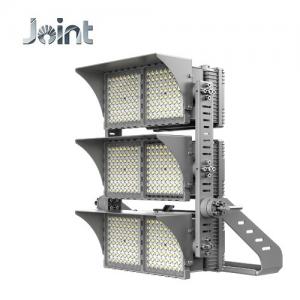High Performance BUG Value Area Light Flood Light Professional For Tennis Court
EASY INSTALLATION
Patent-designed robust die-casting trim lock enables a fast and apt installation angle adjustments different from transitional fittings
Tool-less screw with handle
Humanized handle design
MODULE DESIGN LIGHT ENGINE
Play and Plug design for easy assembly and installation
OPTICS NEMA 2/3/4/5/P45
Advanced material with high transmittance and anti-glare design
LIGHTING ENCLOSURE VENTS
Rapidly equalize pressure while blocking water and contaminants for longer lifespan


Specification
| Material | Cold Forging Tech Support Great Heat Dissipation |
| Easy Installation | Tool-less screw with handle Humanized handle design |
| Accessories | Laser Aiming |
| Lamp Luminous Efficiency (lm/w) | Up to 150lm/W |
| Control | 0-10V Dimming / Network Ready Control |
| Lamp Power (W) | 400-1800W |
| LED Chips | Lumileds / Osram |
| Application: | Baseball / Softball / Football / Basketball / Hockey |
| Frequency range | 50HZ-60HZ |
| Input Voltage(V): | 100-277V / 277-480V |
| Beam Angles | Nema2/3/4/5/Asymmetric 45° |
| Input Voltage | 100-277V/277-480V |
| Light Shield | Metal |
| IP Grade | IP 65 |
To properly go over the benefits of LED Stadium Flood Lights, let’s review some definitions:
- Lumens: A lumen is the SI unit of luminous flux which is equal to the amount of light being emitted per second in a unit solid angle of one steradian from a uniform source of one candela.
- Foot-Candle (Fc): A foot-candle is a Non-SI unit of illuminance or the illuminance that is cast onto a surface by a one-candela source that is one foot away.
- Lumens vs. Foot-Candles: Simply put, lumens are the measurement for light being emitted from the source whereas a foot-candle is a measurement of the amount of light reaching the object (such as the ground, statue, workspace, etc.) that is being illuminated.
- Efficacy: How efficient your light source is; generally measured in Lumens per Watt (LpW).
- Working Hours: Lifetimes of lighting sources are measured by certified laboratories and measured in working hours, or how many hours the light can be illuminated in its lifetime.
- Life-Maintenance 70 (LM70): Most LED Lighting lifetimes are measured using LM70 tests, meaning that the light will still be emitting 70% of its initial lumens when it reaches its stated lifetimes. As an example, if a LED light fixture is rated to emit 100,000 lumens with a LM70 of 80,000 hours and the light is used 10 hours per day (3650 hours per year) then in 21.92 years the light will still be emitting 70,000 lumens (only a 30% degradation).


